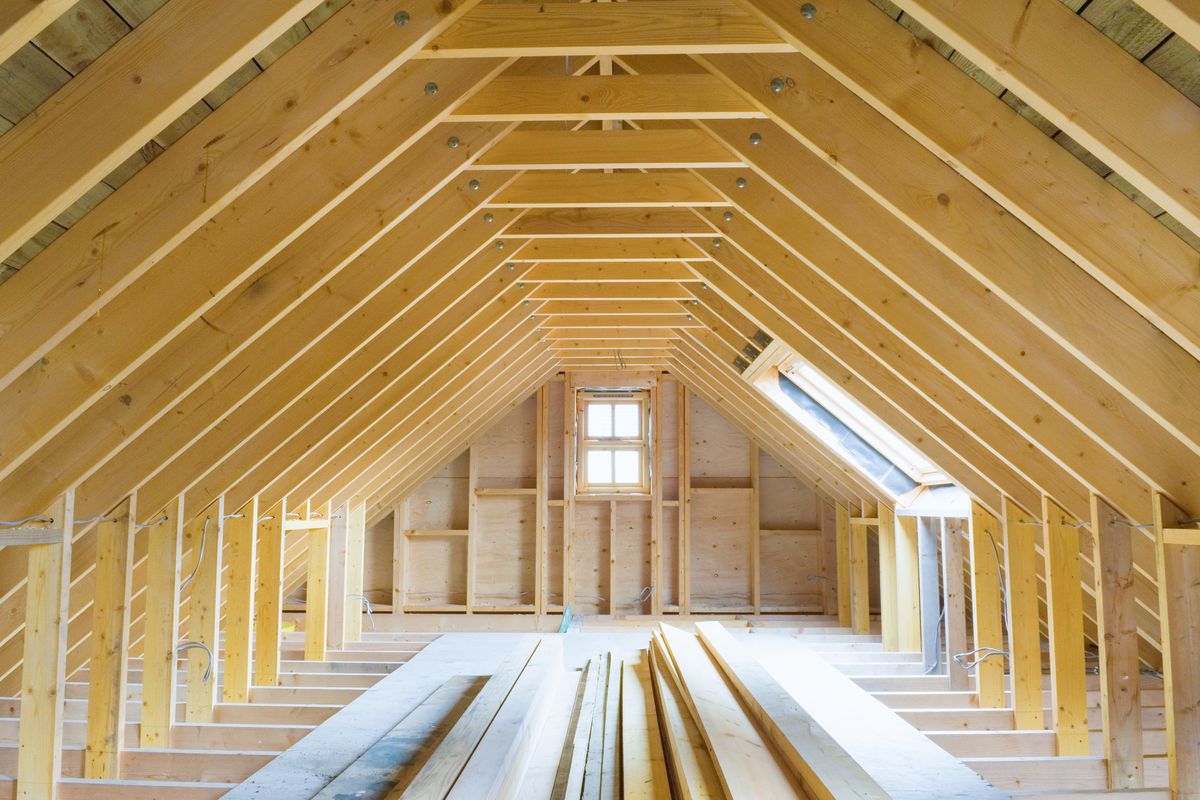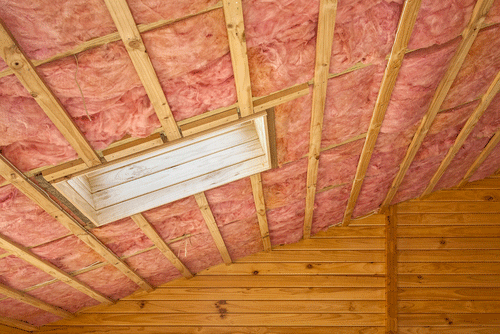Why Attic Insulation DFW is Essential for Energy Efficiency in Dallas-Fort Worth
Why Attic Insulation DFW is Essential for Energy Efficiency in Dallas-Fort Worth
Blog Article
Discover the Various Types of Attic Insulation and Their Unique Advantages for Your Home's Power Effectiveness

Fiberglass Insulation
Fiberglass insulation is one of one of the most commonly made use of materials for attic insulation because of its superb thermal performance and cost-effectiveness. Made up of tiny glass fibers, this material effectively catches air, developing a protecting obstacle that helps keep consistent interior temperature levels. Its high R-value per inch makes it especially reliable at standing up to warm transfer, which is important for power preservation in homes.
Setup of fiberglass insulation is reasonably simple, often available in batts or loose-fill forms, accommodating various attic setups. Additionally, it is non-combustible and resistant to dampness, reducing the risk of mold and mildew development. This toughness adds to its longevity, making fiberglass a sensible lasting financial investment for home owners.
Moreover, fiberglass insulation is usually manufactured from recycled products, which boosts its eco-friendliness. The product can likewise contribute to soundproofing, reducing sound transfer in between areas. While it is necessary to put on safety gear during installment to prevent irritation from the fibers, the total advantages of fiberglass insulation, consisting of power cost savings and environmental considerations, make it a popular choice for enhancing attic performance and advertising a comfortable living environment.
Spray Foam Insulation
Spray foam insulation is a highly efficient option for attic room insulation, understood for its premium air sealing and thermal efficiency. This ingenious insulation material is composed of a blend of isocyanate and polyol material, which, when combined, broadens quickly to fill spaces and dental caries in the attic room room. Its ability to abide by different surface areas makes certain a continuous barrier against air leaks, significantly lowering warmth loss throughout chillier months and heat gain throughout warmer seasons.
Among the crucial benefits of spray foam insulation is its high R-value per inch, which indicates it gives outstanding thermal resistance in a reasonably thin application. This is especially beneficial in attic rooms where room is typically limited. Additionally, spray foam can help decrease wetness buildup, decreasing the threat of mold and mildew growth, which can be detrimental to both the structure and interior air quality.
While the first expense of spray foam insulation may be higher than traditional options, its long-term power savings, combined with raised comfort and boosted home worth, make it a beneficial financial investment for property owners seeking boosted power performance. Attic Insulation DFW. Overall, spray foam insulation sticks out as an efficient solution for optimizing attic room insulation
Cellulose Insulation

Cellulose insulation is a popular option for attic insulation, mostly made up of recycled paper products treated with fire retardants. This environmentally pleasant option is recognized for its excellent thermal performance, properly reducing warm transfer in both summer season and cold weather. The thick structure of cellulose allows it to load gaps and spaces in attic room spaces, offering a smooth barrier versus air leakages.
One of the substantial benefits of cellulose insulation is its capacity to withstand mold and mildew and pests, owing to the fire resistant therapies used throughout manufacturing. In addition, it flaunts a high R-value per inch, which converts into exceptional energy efficiency. Homeowners can expect lower heating & cooling costs as a result of boosted insulation.
Installation is generally accomplished via blowing loose cellulose into the preferred location, enabling a efficient and fast procedure. This approach additionally minimizes disturbance to the existing structure. More Info In addition, cellulose insulation has a relatively low environmental impact, as its manufacturing process utilizes recycled materials, adding to sustainable building methods.
Rock Wool Insulation
Among the various alternatives for attic room insulation, rock woollen, additionally referred to as mineral wool, attracts attention due to its impressive thermal and acoustic efficiency. Made from natural or recycled materials, rock wool is created by melting rock and spinning it into fibers, resulting in an item that supplies exceptional insulation homes.
One of the considerable benefits of rock wool insulation is its high R-value, which indicates its effectiveness in resisting warmth circulation. This particular not just enhances energy performance however additionally adds to maintaining a comfy interior temperature year-round. In addition, rock woollen is inherently fireproof, making it a much safer alternative for homes as it can stand up to heats without melting or launching toxic fumes.
In addition, rock woollen insulation stands out in soundproofing capacities, properly decreasing sound transmission between spaces and from outside resources. This makes it an ideal option for home owners seeking a calm living atmosphere. Rock wool is moisture-resistant, assisting to stop mold and mildew check my blog growth and maintaining the architectural honesty of the attic space. In general, rock wool insulation offers a comprehensive remedy for enhancing power effectiveness, safety and security, and comfort in domestic setups.
Radiant Barrier Insulation
Glowing obstacle insulation works as a reliable remedy for lessening warm transfer in attics, particularly in warmer climates. This sort of insulation works by showing radiant warmth away from living areas, consequently minimizing the amount of warmth that gets in a home during heat - Attic Insulation DFW. Usually made up of an extremely reflective product, such as light weight aluminum foil, glowing obstacles are mounted in attic rooms, facing the roof, where they can obstruct incoming warm from the sun
The primary advantage of radiant barrier insulation is its capacity to lower cooling prices. By reflecting heat rather than absorbing it, glowing obstacles can aid preserve an extra secure indoor temperature, minimizing the workload on air conditioning systems. This effectiveness equates into reduced energy costs and enhanced comfort for homeowners.
In addition to energy cost savings, glowing barriers can additionally add to boosted indoor air quality. By decreasing heat buildup, they aid minimize humidity degrees, which can protect against mold pop over to this web-site and mildew growth and boost general air circulation. When set up appropriately, glowing obstacle insulation can be a very useful addition to any energy-efficient home, making it a worthy consideration for home owners seeking to boost their attic insulation approach.
Conclusion
To conclude, understanding the numerous kinds of attic room insulation-- fiberglass, spray foam, cellulose, rock woollen, and radiant obstacles-- makes it possible for home owners to make informed choices relating to energy performance. Each insulation type offers one-of-a-kind benefits, such as premium thermal resistance, dampness management, and sound attenuation. By picking the suitable insulation material, considerable reductions in power prices can be attained, in addition to enhancements in indoor convenience. Eventually, the ideal choice adds to a much more sustainable living environment and advertises total energy preservation.

In conclusion, recognizing the numerous types of attic room insulation-- fiberglass, spray foam, cellulose, rock wool, and glowing barriers-- makes it possible for home owners to make informed decisions regarding power efficiency.
Report this page